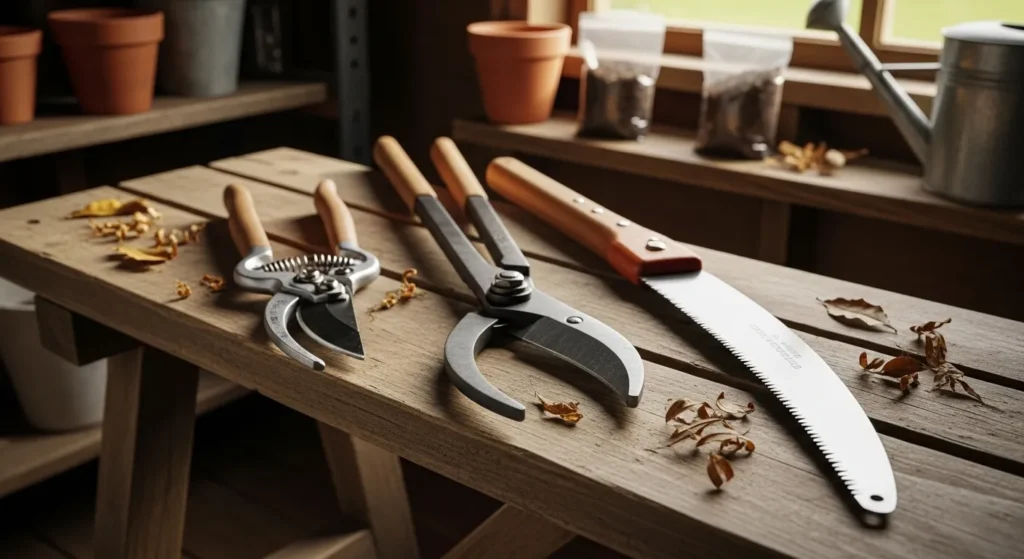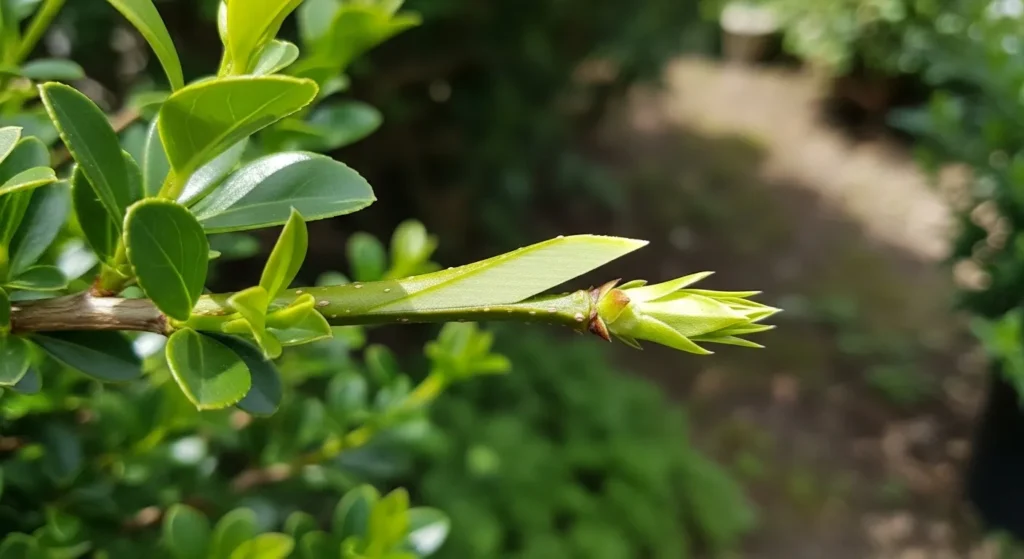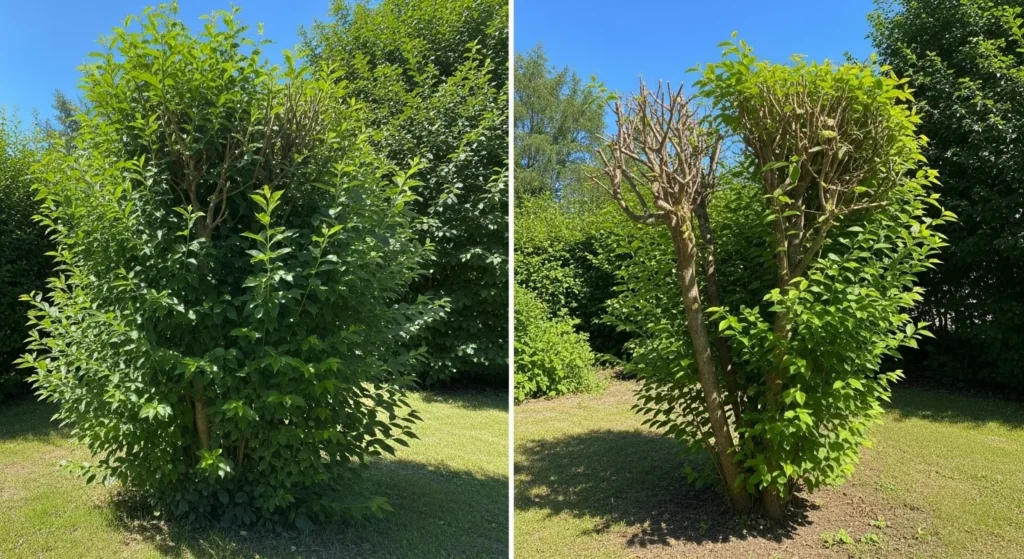Pruning helps plants stay strong. It removes bad parts and shapes the rest. This guide covers basic steps. You will learn why, when, and how to prune. Follow these tips for better results in your garden.
Why Prune Your Plants
Plants grow better with pruning. It takes away dead or sick branches. This stops diseases from spreading. Air moves freely through the plant. Light reaches inner parts. Pests find it harder to hide.
Pruning directs energy to new growth. Cut the top, and side buds wake up. This makes bushes fuller. Trees get stronger limbs. Fruit and flowers improve in size and number.
Without pruning, plants get crowded. Weak stems break in wind. Overall health drops. Regular cuts keep things balanced.
- Removes dead, damaged, or diseased wood.
- Boosts air flow and light.
- Shapes plants for your space.
- Improves fruit and flower output.
When to Prune for Best Results
Time your cuts right. Most trees and shrubs do well in late winter. This is before spring growth starts. Wounds heal fast then.
For plants that bloom in spring, wait until flowers fade. Cut too early, and you lose buds. Summer bloomers get pruned in early spring.
Avoid cuts in fall. New growth might not harden before cold hits. Check your plant type. Some, like oaks, prune in winter to dodge bugs.
In warm areas, prune anytime light work is needed. Heavy jobs stick to dormancy. Always watch weather. Dry days are best.
Common Timing Questions
Does pruning speed up growth? Yes, it focuses energy on healthy parts. What if I prune at the wrong time? Plants may stress but often recover with care.
Tools You Need for Pruning
Good tools make clean cuts. Dull blades tear wood. This invites problems.
Start with hand pruners for small stems. Use loppers for thicker branches. A saw handles big limbs.
Keep tools sharp. Clean them after each use. Wipe with alcohol to kill germs.
- Hand pruners: For stems up to 1/2 inch.
- Loppers: For branches up to 2 inches.
- Pruning saw: For larger wood.
- Gloves and safety glasses: Protect yourself.

Check related post for more on garden tools: Best Tools for Lawn Maintenance
Basic Pruning Techniques
Make cuts just above a bud. Slope the cut away from it. This lets water run off.
For big branches, use three steps. First cut under the branch. Second cut above to drop the weight. Third cut at the collar.
Never leave stubs. They die back and rot. Thin out crowded areas. Remove crossing branches.
Cut to an outward bud for open shape. Prune weak growth more than strong. This evens things out.
Step-by-Step Pruning Process
- Look at the plant. Spot dead or sick parts.
- Remove those first.
- Thin inner branches for light.
- Shape as needed.
- Clean up debris.

Pruning Different Plant Types
Trees need structure. Train young ones for wide angles. This prevents breaks later.
Shrubs vary. Renewal pruning cuts old stems at base. New ones grow fresh.
Evergreens prune lightly. Cut new growth in spring. Avoid old wood.
For roses, cut in early spring. Remove thin canes. Leave strong ones at knee height.
Vines prune in winter. Take out tangles. Train on supports.

Tips for Houseplants
Indoor plants prune anytime. Pinch tips for bushy growth. See our guide on Low-Light Plants That Thrive in Dark Rooms for more.
Common Mistakes to Avoid
Don’t top trees. It makes weak shoots. They break easy.
Avoid pruning in wet weather. Diseases spread then.
Never cut more than one-third at once. Plants shock.
Skip wound paint. It traps moisture. Let air heal cuts.
Prune for the plant’s habit. Don’t force odd shapes.
Quick Fix List
- Check tools before starting.
- Prune small amounts often.
- Research your plant first.
Benefits Beyond Growth
Pruning saves water. Dense plants use more.
It helps wildlife. Open shapes give birds space.
Your yard looks neat. Curb appeal rises.
Combine with other care. Like proper watering from our Lawn Watering Schedule Mistakes to Avoid.
Final Thoughts
Pruning takes practice. Start small. Watch how plants respond. Healthy growth follows good cuts. Your garden will thank you.
For more ideas, check Companion Planting Basics Guide or Winter Plant Care Tips for Indoor Houseplants.
